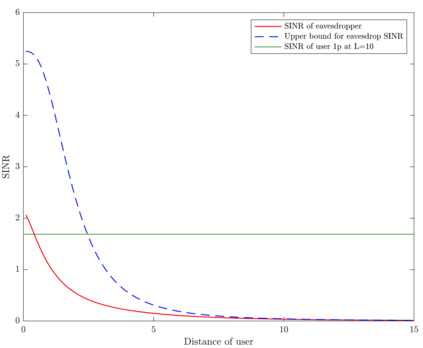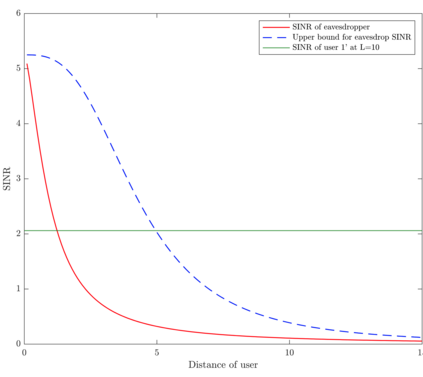Non-Orthogonal Multiple Access (NOMA) is a multiplexing technique for future wireless, which when combined with Multiple-Input Multiple-Output (MIMO) unlocks higher capacities for systems where users have varying channel strength. NOMA utilises the channel differences to increase the throughput, while MIMO exploits the additional degrees of freedom (DoF) to enhance this. This work analyses the secrecy capacity, demonstrating the robustness of a combined MIMO-NOMA scheme at physical layer, when in the presence of a passive eavesdropper. We present bounds on the eavesdropper performance and show heuristically that, as the number of users and antennas increases, the eavesdropper's SINR becomes small, regardless of how `lucky' they may be with their channel.
翻译:非正统多重存取(NOMA)是未来无线的多轴技术,如果与多输入多输出输出(MIMO)相结合,就能为用户具有不同频道强度的系统打开更高的能力。诺马(NOMA)利用频道差异来增加输送量,而莫马(DOF)则利用更多自由度(DoF)来增强这种能力。这项工作分析保密能力,在有被动窃听器在场的情况下,在物理层显示混合的MIMO-NOMA(MIMO-NOMA)机制的稳健性。 我们展示了窃听器的性能,并高度地显示,随着用户和天线数量的增加,窃听器的SINR变小了,不管它们与频道的关系有多“幸运 ” 。





